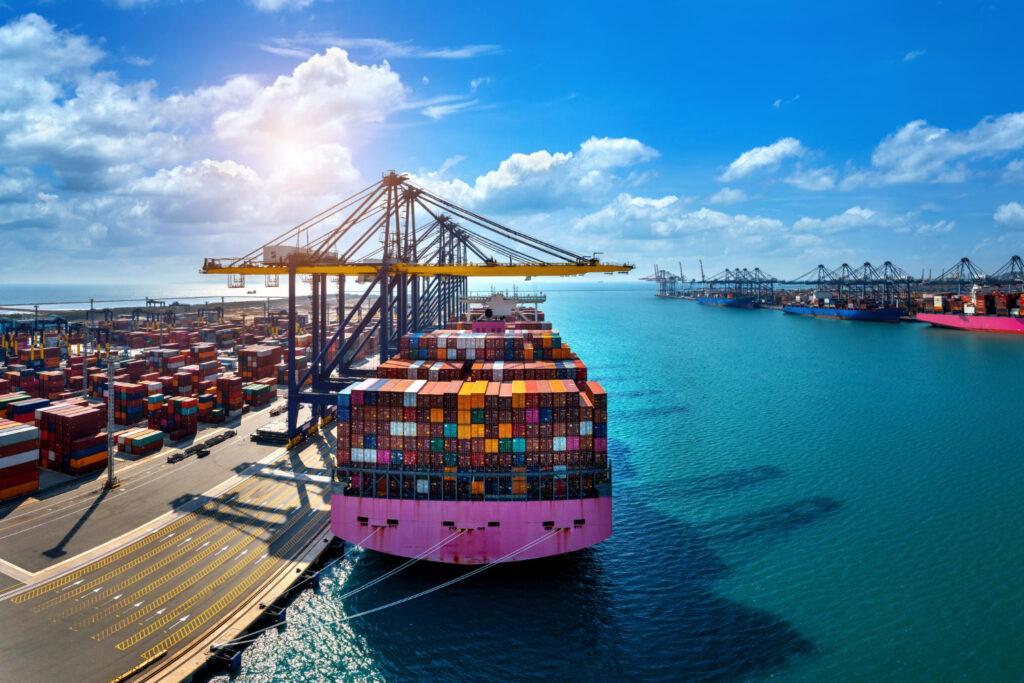Singapore led the ranking of the strongest economies in international trade competitiveness in 2025, according to IMD.
In 2024, Singapore ranked 15th among the world’s top product exporters at $506 billion, a year-on-year rise of 6 percent.
With a population of 6 million, Singapore faces the challenges posed by a fractured global economy in the face of the increasing likelihood of a trade war.
International trade competitiveness
In terms of merchandise imports, Singapore ranked 17th globally, with US$459 billion and a year-on-year growth of 8 percent.
Singapore’s Ministry of Trade and Industry also faces the challenge of improving the country’s economic competitiveness in a context of limited resources.
Another of its challenges is to seize opportunities and manage disruptions arising from new technologies, such as AI, by supporting workers in their retraining and companies in their transformation.
Singapore recorded a GDP of $547.4 billion in 2024 and stands out for its strategic location. It also boasts world-class port infrastructure and business-friendly environment.
Its GDP per capita, measured by Purchasing Power Parity, is $150,689. Its open economy, political stability and skilled labor force drive trade and innovation. In addition, its efficient legal system and international treaties strengthen its role as a global financial and logistics center.
In terms of commercial services, Singapore’s exports amounted to US$395.00 million. This amount implied an increase of 10% over 2023. With this, it ranked sixth in the world.
The same position was achieved in imports of commercial services, with 351 billion dollars and a growth of 8% year-on-year.
Global leaders
The IMD noted that economies that have positioned themselves as links between trading blocs show great resilience. They have developed skills to handle complex regulatory environments and customs requirements. Their companies leverage fragmentation as a competitive advantage, not just as a cost center.
The following are the economies in international trade competitiveness in 2025:
- Singapore.
- United Arab Emirates.
- Hong Kong.
- Thailand.
- The Netherlands.
- Malaysia.
- Luxembourg.
- Ireland.
- Denmark.
- Slovakia.
Methodology
These are the indicators that the IMD uses to classify economies in this indicator:
- Current account balance.
- Current account balance (%). Percentage of GDP.
- Trade balance
- Trade balance (%). Percentage of GDP.
- Tourism receipts (%). International tourism receipts as a percentage of GDP.
- Balance of commercial services.
- Balance of commercial services (%). Percentage of GDP.
- Contribution of world exports (%). Percentage share of world exports (goods and commercial services).
- Exports of goods.
- Exports of goods (%). Percentage of GDP.
- Terms of trade index. Unit value of exports over unit value of imports.
- Exports of goods per capita.
- Exports of goods-growth. Percentage change.
- Trade/GDP ratio (Exports + Imports) / GDP.
- Exports of commercial services.
- Exports of commercial services (%). Percentage of GDP.
- Breakdown of imports by economic sector. Percentage of total imports.
- Commercial services exports – growth. Percentage change.
- Exports of goods and commercial services.
- Breakdown of exports by economic sector. Percentage of total exports.
- Concentration of exports by partner. Exports to top 5 countries, percentage of total exports.
- Concentration of exports by product. Top 5 products, percentage of total exports.
- Imports of goods and commercial services.
- Imports of commercial goods and services (%). Percentage of GDP.
- Growth of imports of commercial goods and services.

